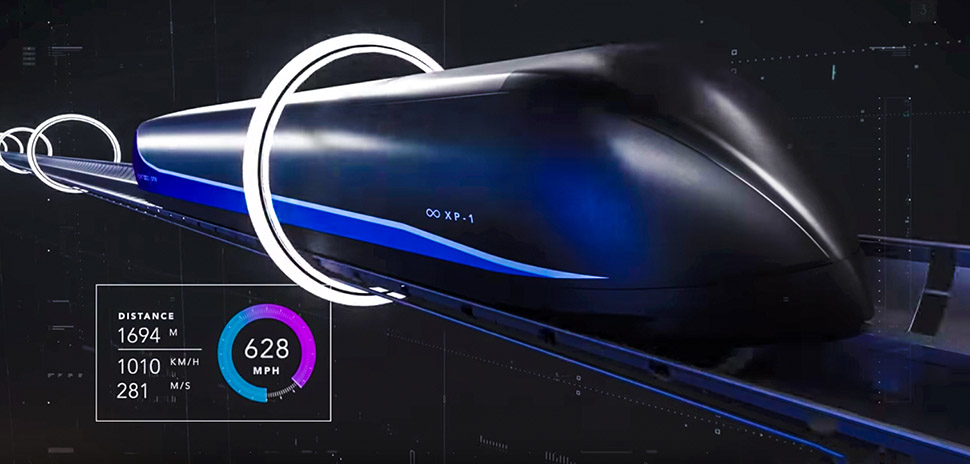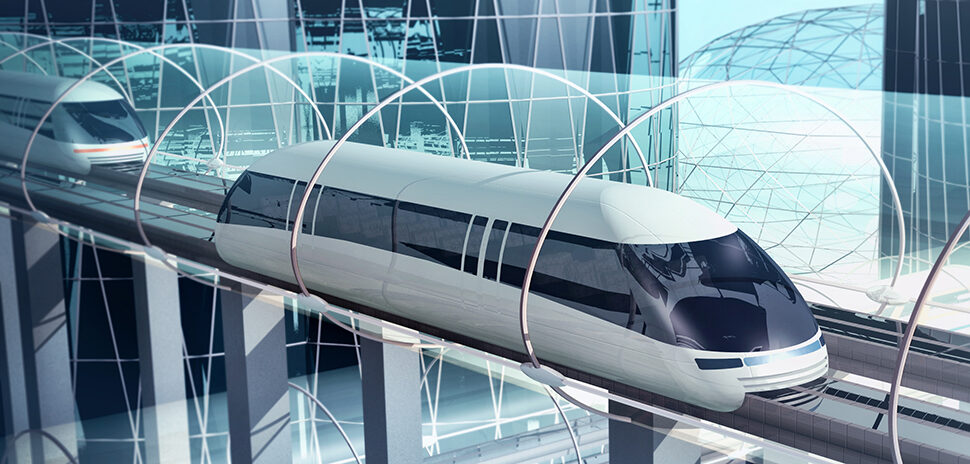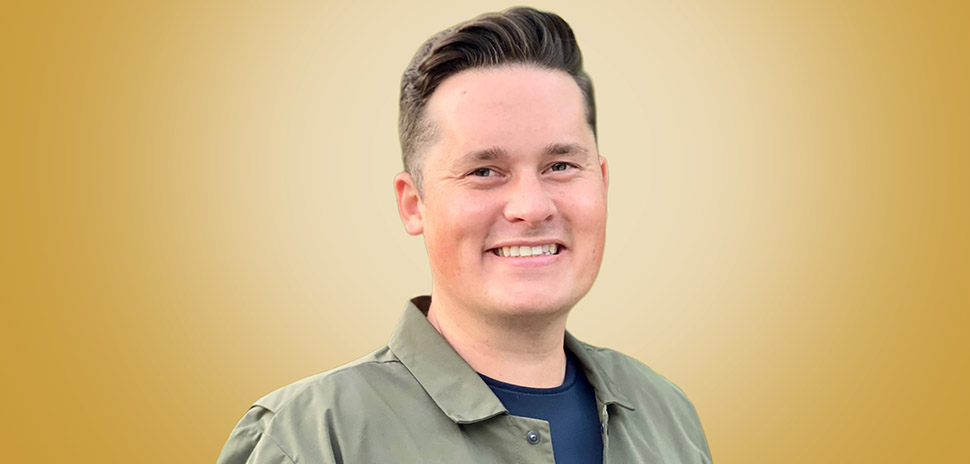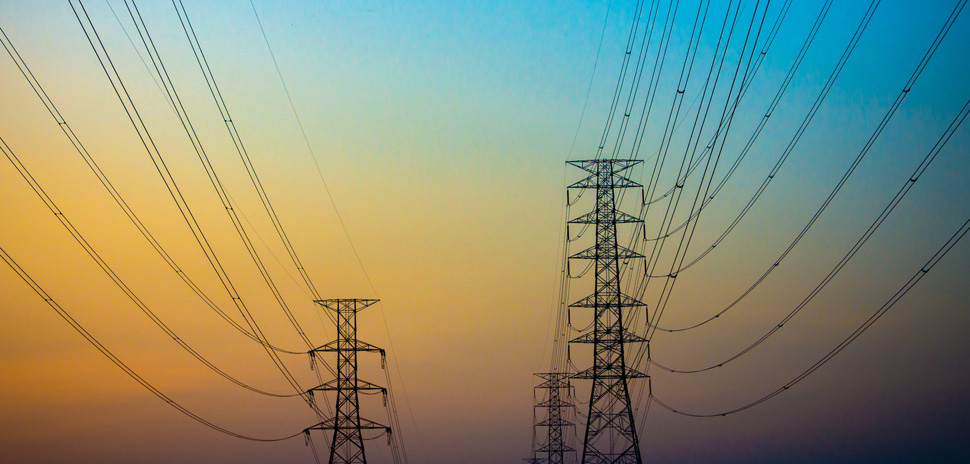Ultra-high speed hyperloop transportation technology is on the table for a high-speed corridor connecting Dallas, Arlington, and Fort Worth per the Dallas-Fort Worth Regional Transportation Council.
“The RTC is all about bringing innovation to the transportation system in the Dallas-Fort Worth region and hyperloop would be an exciting technology to add,” said Gary Fickes, Tarrant County Commissioner and chair of the Regional Transportation Council, in a statement released Wednesday.
“The RTC is all about bringing innovation to the transportation system in the Dallas-Fort Worth region and hyperloop would be an exciting technology to add.”
Gary Fickes
The group recently visited the Virgin Hyperloop One Test Site in Nevada and the company’s California Innovation Campus in advance of RTC’s Request for Proposals to be issued later this year.
The proposals will be for a Tier 2 Environmental Impact Statement for the high-speed corridor connecting the three North Texas cities. The RTC is considering both hyperloop technology and traditional high-speed rail in the environmental study.
“The Dallas-Fort Worth Regional Transportation Council has proven itself as forward-thinking agency that wants to give its region a competitive edge by leveraging next-generation technology,” said Rob Lloyd, CEO of Virgin Hyperloop One, in a statement, adding the company was excited to pursue this project that would “transform what are now separate metropolitan areas into one economic megaregion.”
Hyperloop technology, initially conceived by SpaceX and Tesla CEO Elon Musk, combines minimal aerodynamic resistance by operating in a low-pressure environment and leading edge magnetic levitation tech to allow vehicles to travel at very high speeds. For example, Dan Katz, director of North American projects for Virgin Hyperloop One, told Dallas Innovates a hyperloop trip between Dallas and Fort Worth would take 6.27 minutes reaching a high speed of 360 mph. This compares to traditional high-speed rail’s 18-minute trip reaching 134 mph.
Katz said a hyperloop line running between Dallas-Arlington-Fort Worth was feasible because the difference between hyperloop and high-speed rail was significant and had the potential to change the way people think about traveling between the two cities.
Population growth in North Texas is one driving force behind adopting high-speed transportation options.
“As our region grows from 7.2 million people now up to 11.2 million by 2045, we are planning a transportation system that offers choices to our residents. Adding an option like hyperloop to the existing system of roadways, rail transit, bicycle/pedestrian facilities, and high-speed rail to Houston would expand the system in an exciting way,” said Michael Morris, director of transportation for the North Central Texas Council of Governments.
Morris added that connecting other regions in Texas via hyperloop tech would create economic opportunities. To further that goal, the RTC has put together funding and funding commitments for a conceptual feasibility study of using high-speed technology, including hyperloop, to connect Fort Worth, Waco, Temple-Killeen, Austin, San Antonio, and Laredo.
Katz praised the RTC, stating Virgin Hyperloop One was following the group’s lead regarding rolling out hyperloop tech and said the RTC is actively looking at ways to implement technology in its plans as a way to gain a leg up over other regions across the U.S.
This isn’t the first talk of hyperloop in Texas.
Last April, Dallas Innovates reported AECOM’s Dallas office was instrumental in getting the Hyperloop Texas team named as one of 10 winners in the Hyperloop One Global Challenge. As one of the winners, Virgin Hyperloop One said it would further explore the the Hyperloop Texas proposal for possible implementation. The route would connect cities in what it called the “Texas Triangle” including Dallas-Fort Worth, Austin, Houston, San Antonio, and Laredo.
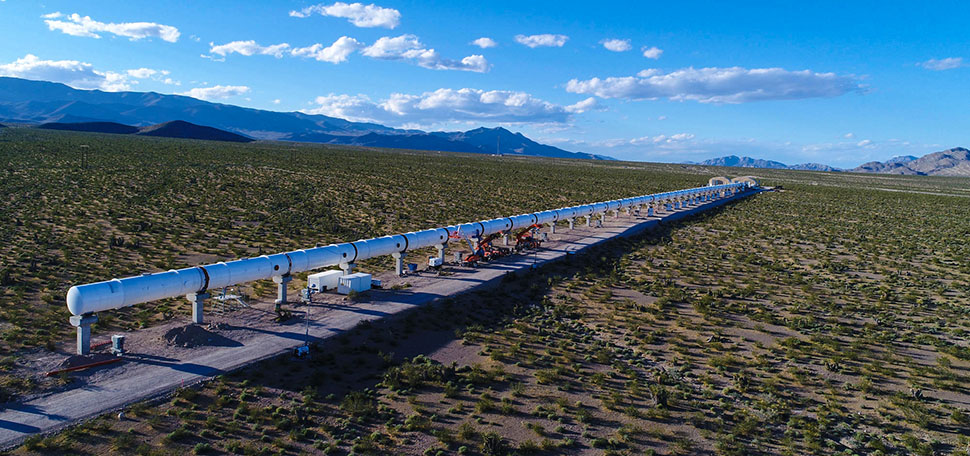
Virgin Hyperloop One’s full-scale test track in the Nevada desert [Photo: Virgin Hyperloop One]
READ NEXT
Q+A: Dallas-led AECOM Group Named Winner in Hyperloop Contest
![]()
Get on the list.
Dallas Innovates, every day.
Sign up to keep your eye on what’s new and next in Dallas-Fort Worth, every day.

